As the “Brooklyn-filtered Literary Arts Salon” TRIP CITY rounds home plate on its first year of existence, the four co-curators Dean Haspiel (BILLY DOGMA), Seth Kushner (CulturePOP, LEAPING TALL BUILDINGS, SCHMUCK), Chris Miskiewicz (EVERYWHERE), and Jeffrey Burandt (AMERICANS UK) have agreed to be interviewed by The Beat about how this unusual multi-arts experiment came about and what they’ve learned in their first year of digital exploration. Today TRIP CITY co-founder Dean Haspiel gives us an insider’s view of the struggles creator-owned projects face in the media deluge of widespread self-promotion and brings back a few pearls of wisdom from the abyss.
[Dean Haspiel, photo by Seth Kushner]
So what’s the origin story? How did TRIP CITY come about?
Dean Haspiel: TRIP CITY was born out of the same frustration that ACT-I-VATE, the webcomics collective I launched in 2006, was born out of, which was the desire to get my immediate works seen while piggybacking off like-minded sensibilities and share the burden of community building and promotion. Only, with TRIP CITY, I revised my intent to stretch multidisciplinary muscles. With ACT-I-VATE, I took a no permissions/no apologies stance that would showcase the kinds of comix I wanted to write and draw while the published work itself acted as an agent for editors and publishers and art directors to stumble upon in hopes of hiring me and my friends. It was a place to have an easy link to rather than shove a bunch of unknown jpegs into an email that would probably never get opened. And, that worked! ACT-I-VATE happened at a time before other cartoonists huddled and sparked web-based posses and corporations saw the value in digital comix. But, ACT-I-VATE never turned that into something that made money while we slept. TRIP CITY was a way for me to take what I learned from six years of creating and co-curating free comix content and my desire to be read and heard and not just seen, and seeing what happens when I mix it up with other multimedia makers. It’s been an interesting yet exhausting year.
What was your original vision for TRIP CITY when you launched it?
DH: I originally called it POP STATIC and had so many different knee-jerk iterations of what TRIP CITY could and should be and realized, no matter how many different ways I sliced it, it was an online salon. That seems corny but that’s what TRIP CITY is and something we’ve experimented taking on the road. Ever since I started reading my comix and prose to an audience, I’ve been bitten by the bug of an eons old tradition of sitting around a campfire and telling stories. Only, now we have the ability to show and amplify our stories, too.
How do comics fit into that vision?
DH: The four curators involved in TRIP CITY came from our mutual love for comics. So, comics is what glued us together and what became my new home to produce new BILLY DOGMA comix while experimenting with other story formats. It also allowed me a forum to gripe about the industry which is something I hesitate to do in public but, curiously, yielded the most responses. I was saddened to discover that my efforts to prove my salt with a comic like “The Last Romantic Antihero” was overshadowed by whiny essays like “Make Mine Me” and “Publish or Perish.” I understand how that can rally the troops because it involves them but I prefer to have my work speak for itself without the addition of complaining about it. And, even though I dig behind-the-scenes process pieces and essays [which I’m guilty of doing], I prefer to hide the magic and pain.
So many people are deconstructing and analyzing comix and I’d rather just make them when given the opportunity or free time. In general, comix are tough to make a living from and you’ve caught me at a sore point in my career where I make less money from comix, less than ever before, on the heels of reading Sean Howe’s profound book, “Marvel Comics: The Untold Story,” which absolutely crushed me. And, I’m writing these answers a few days after steeping in a glorious, three-week comix residency at The Atlantic Center for the Arts in Florida and flying home just in time for Hurricane Sandy to ravage New York and annihilate New Jersey. Please forgive my glum mood as I’m feeling a little conflicted and raw about comix and life.
In what ways has this been a learning process for you?
DH: After toasting a “happy first anniversary” with the curators of TRIP CITY, I was daunted by the possibility of a second year. Why am I doing TRIP CITY? Why am I giving away everything for free and making peanuts in my career? I should be getting paid for the content I create, curate, and edit, right? And, I wondered, does giving most of it away for free diminish its perceived value? With those thoughts broiling in my mind, I wanted to quit TRIP CITY. But, that’s not the answer. With TRIP CITY, we’ve built something that means something and, despite its hits and misses, it’s ours to do with it what we will.
You asked before, what was the original vision for TRIP CITY and I’m reminded that I had put together a mock cover for what would eventually become a discussion point for TRIP CITY. In the mock cover I wrote “For Us, Bias.” It was our secret mantra for TRIP CITY but that term has evolved. Jef UK pointed out that TRIP CITY has actually become “For You, By Us.” We make the stuff we like for you to hopefully like and share on your preferred social networking modules. And, hell, TRIP CITY keeps our comment sections open for those willing to take the extra minute to give us a high-five or a slap on the wrist and spark spirited dialogue.
[Dean Haspiel courtesy of Hurricane Sandy]
Unfortunately, the Internet engendered an attention span disorder that infects all involved. Long gone are the online days of indulging a chapter of prose or anything that takes more than a few minutes to mull over and digest. Now, we download long form stories. The social networking culture competes with stories in a way that reduces them into savvy teasers. We’re forced to shoehorn our ideas into bite-sized punchlines and elevator pitches. Soon, we’ll be parlaying in Morse code and digital smoke signals where “too much information” will become too little commitment and who wants to experience life in a vacuum of esoteric data, anyway? Perhaps it’s time to take those people interested in stories off their phones and laptops and into the streets where people can share physical space and listen and watch rather than ogle. We’ve been afforded the DIY tools to capture a few seconds of your divided time and maybe we can use those same tools to lead you to real life salons. TRIP CITY hopes to do more in the sense of live happenings and the website will continue to serve as our online sketchbook to experiment story versions and ideas for eventual expansion and monetary benefit. For now, the currency is in the community as we build loyalty one person at a time and we’re grateful for that.
What are some surprises you’ve encountered along the way?
DH: Besides some of the great, original content we’ve produced and curated from so many wonderful contributors (including you, Hannah Means-Shannon), I’m surprised at how difficult it is to get the good word out. We don’t have a publicist so we use the social networking sites everyone else uses but that means you face the danger of too-much-hype fatigue and fallout. Sometimes it’s easier to ask someone for ten bucks than for ten seconds of their time and that’s been a really interesting reality check. I understand it and I even wrote about the ever-growing “what about me?” disease a little bit in my post-apocalyptic romance comic, “The Last Romantic Antihero” where we tend to talk at each other rather than to each other and it’s a serious problem.
TRIP CITY doesn’t have the budget or the relationships to blast our brand on the sides of buses and popular website banners so we count on our friends and family and their friends and family to pick up what we’re laying down. It’s a constant time-suck for creators to pimp their wares when they should be creating new content. Of course, I could just repackage the content I’ve already created and quit worrying about filling a blank page. So, yeah, the surprises I’m learning from co-producing TRIP CITY is that a community may be hard to grow but it’s wholly worth it and, maybe, I should reduce my output and devise smarter ways to sell the work that already exists.
What are your goals for comics on TRIP CITY in the future?
DH: Our 2013 goals for TRIP CITY is to monetize some of the content and crowd fund a few projects. 2012 forced me to face the cold hard truth that franchise comics let me make alternative comics under their umbrellas and let me play with some of their toys for a few pages here and a dozen pages there but they will never allow me the latitude to put a definitive mark on their mythologies. There is only so much free time to develop and pitch unsolicited stories when the corporations are dictating their tales from editorial and up top. It used to be different. You hired the likes of Walter Simonson to re-imagine a book like THOR but things changed as the movies became more popular to the masses. Hey, I get it. I’ve never read a JAMES BOND novel but I’ve seen all the movies.
When I was twelve years old, my dream was to draw THE FANTASTIC FOUR for the rest of my life. Then, when I realized I wasn’t going to get that job my dream changed into a double-fisted Frank Miller coup where I wanted to have my DARK KNIGHT RETURNS and my SIN CITY. That never happened, either. I’m 45-years old now and I never made a dent in the zeitgeist but I sure know how to curate a cool Facebook feed. And, that’s gotta change, too. Maybe I need to take a closer look at the TRIP CITY citizens I was making fun of in “The Last Romantic Antihero,” the ones that were walking around muttering “But, what about me?” Yeah, what about me? I’m proud of some of the work I’ve done but I don’t want to struggle like this anymore.
[Dean Haspiel and students at the Atlantic Center for the Arts]
What’s up and coming for TRIP CITY?
DH: In October, while I was mentoring comix at the Atlantic Center for the Arts in Florida, me and eight cartoonists did a storytelling exercise where they illustrated text written by me in nine different ways. “A Letter Lasts Longer” celebrates the power of comix while spotlighting the poignancy of interpretation.
Plus, indie-comix darling Noah Van Sciver, the creator of “BLAMMO,” and “THE HYPO – The Melancholic Young Lincoln,” will launch a new monthly series, “Noah Van Sciver’s Sketchbook Comix.”
I look forward to our regular contributions and what new stuff the other curators rummage but we also aim to take TRIP CITY to the streets and into parlors. To get you off the confines of your couches and to perform our stories and create an experience that you can own in your heart but can hardly express with the click of a Like or Share button. Hopefully, our TRIP CITY website will open the door to new, real life experiences for you, by us.
A mighty big “thank you” to Dean Haspiel for taking the time to do this epic interview about TRIP CITY. We have one more interview to go during our TRIP CITY anniversary week series. Watch this space to hear from co-founder and curator Seth Kushner tomorrow!
Hannah Means-Shannon writes and blogs about comics for TRIP CITY and Sequart.org and is currently working on books about Neil Gaiman and Alan Moore for Sequart. She is @hannahmenzies on Twitter and hannahmenziesblog on WordPress.


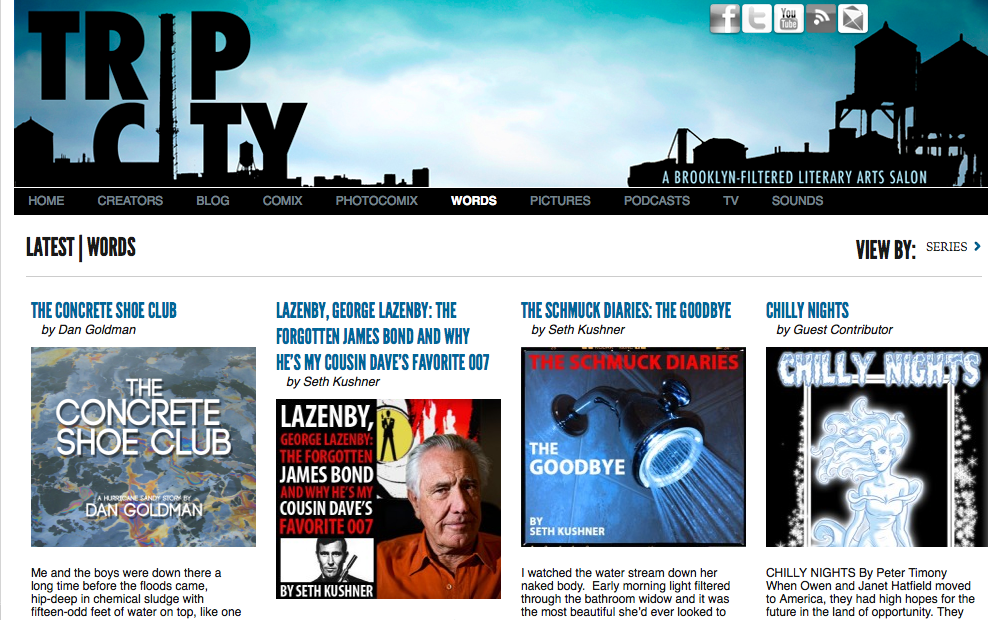
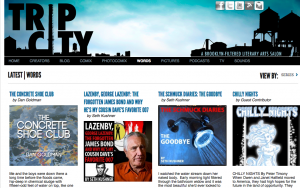
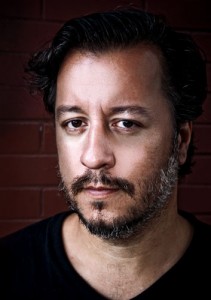
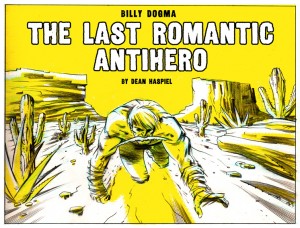
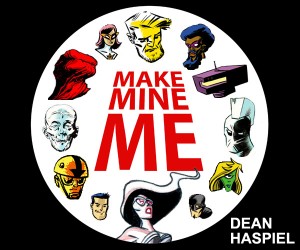

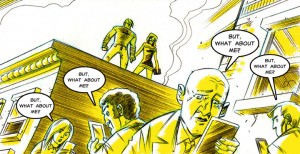
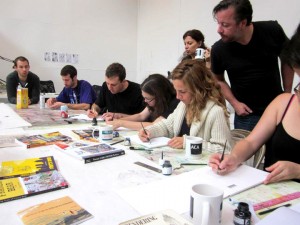
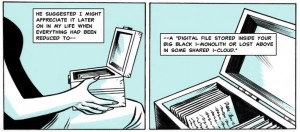
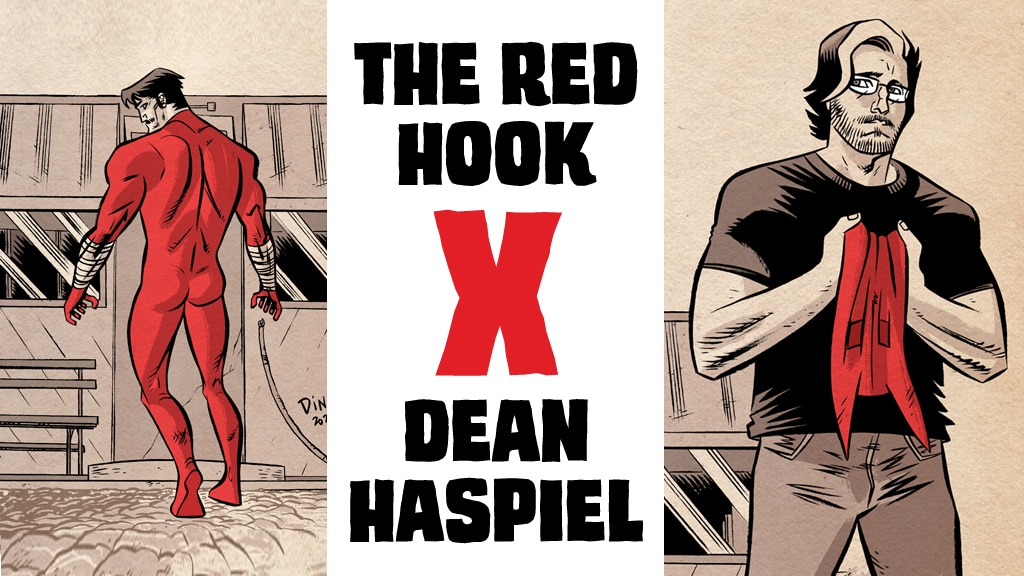





RT @Comixace: TRIP CITY at One Year: Around the Digital Campfire with Dean Haspiel: As the “Brooklyn-filtered Litera… http://t.co/drn …
Comments are closed.